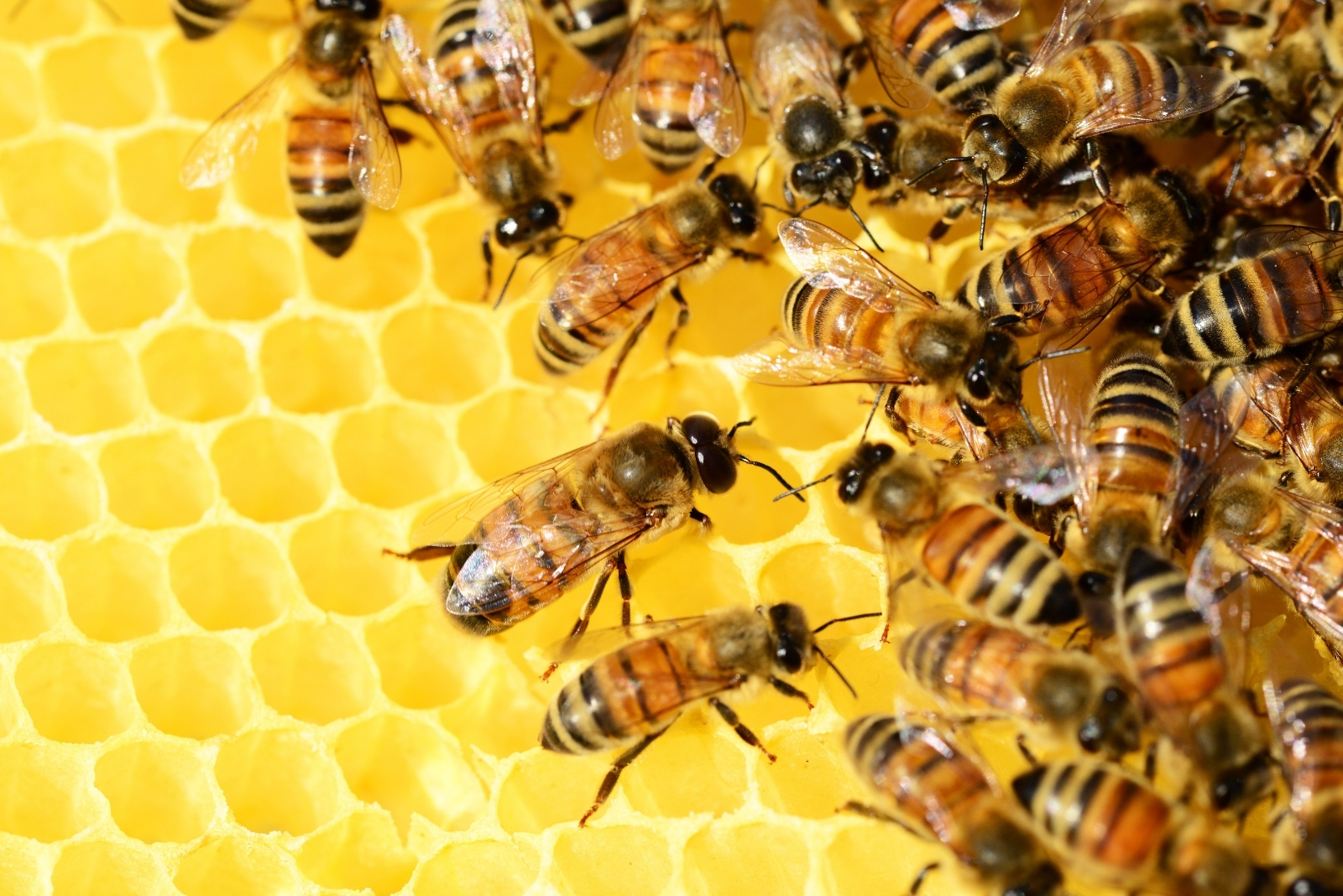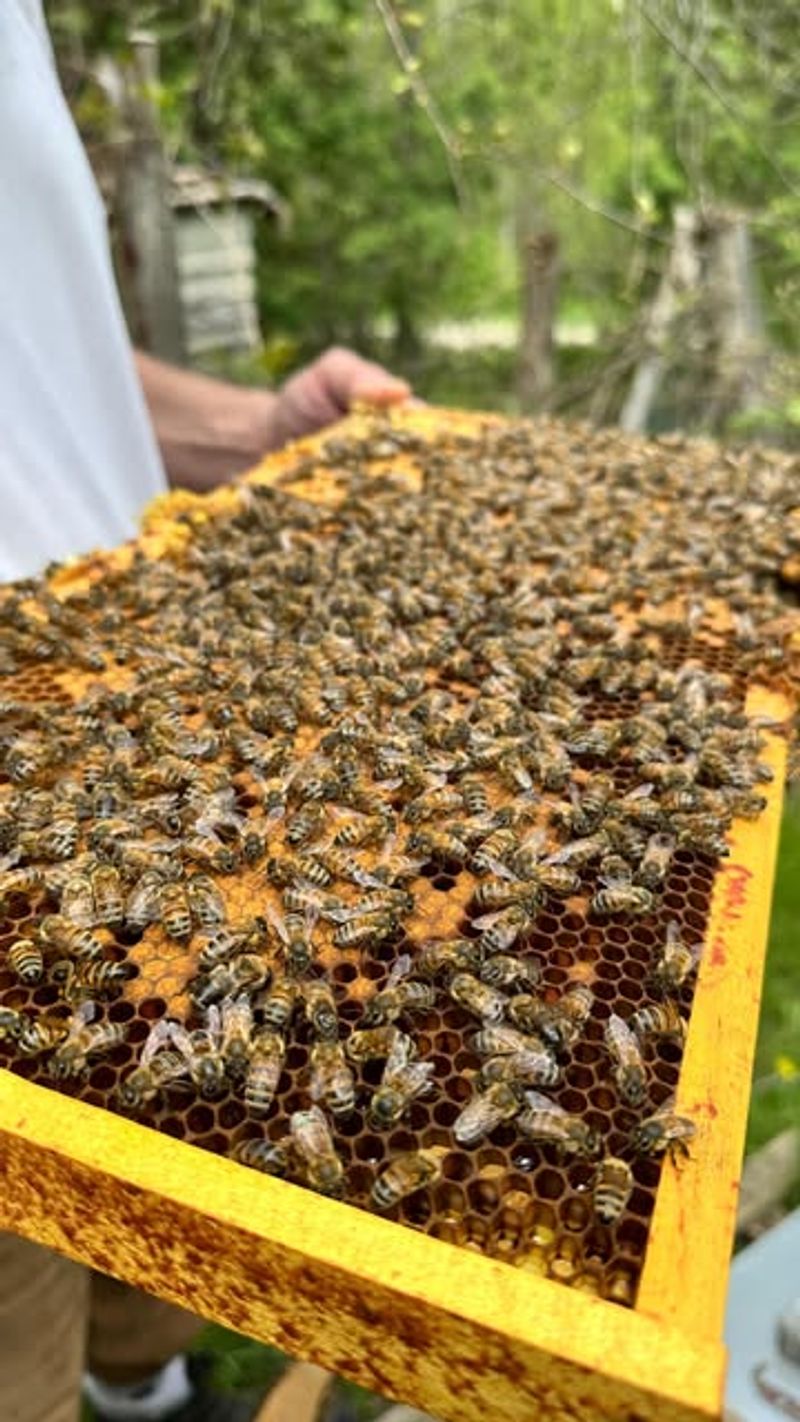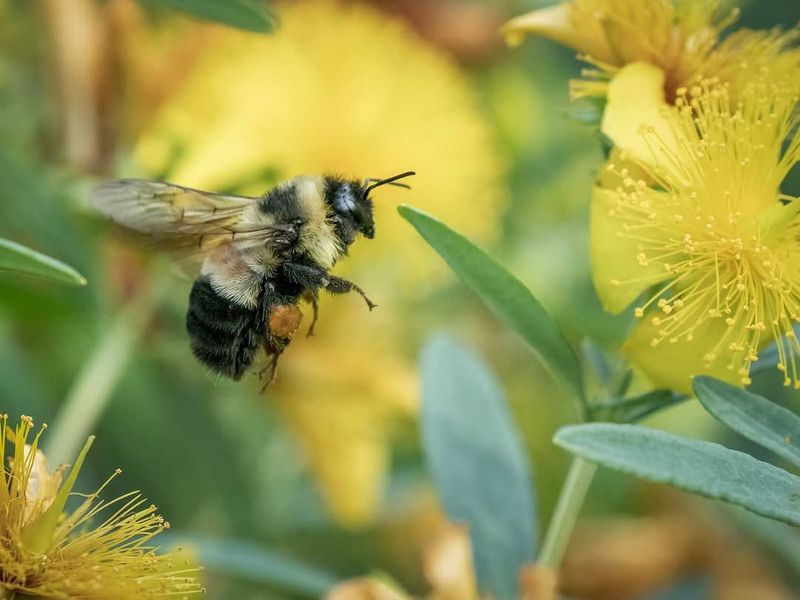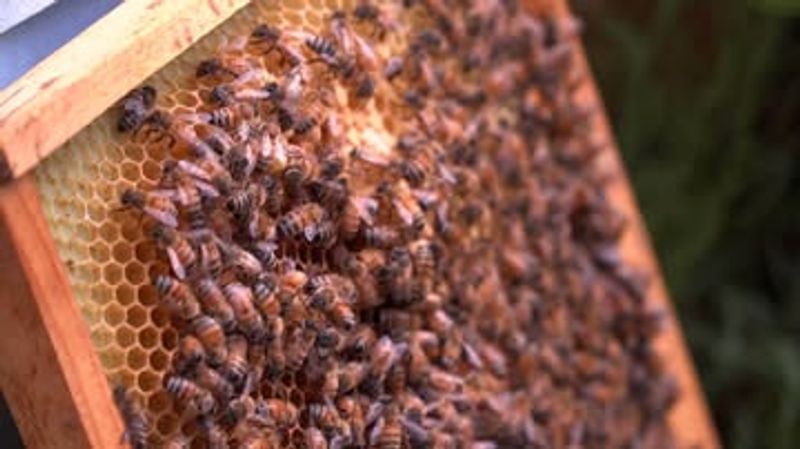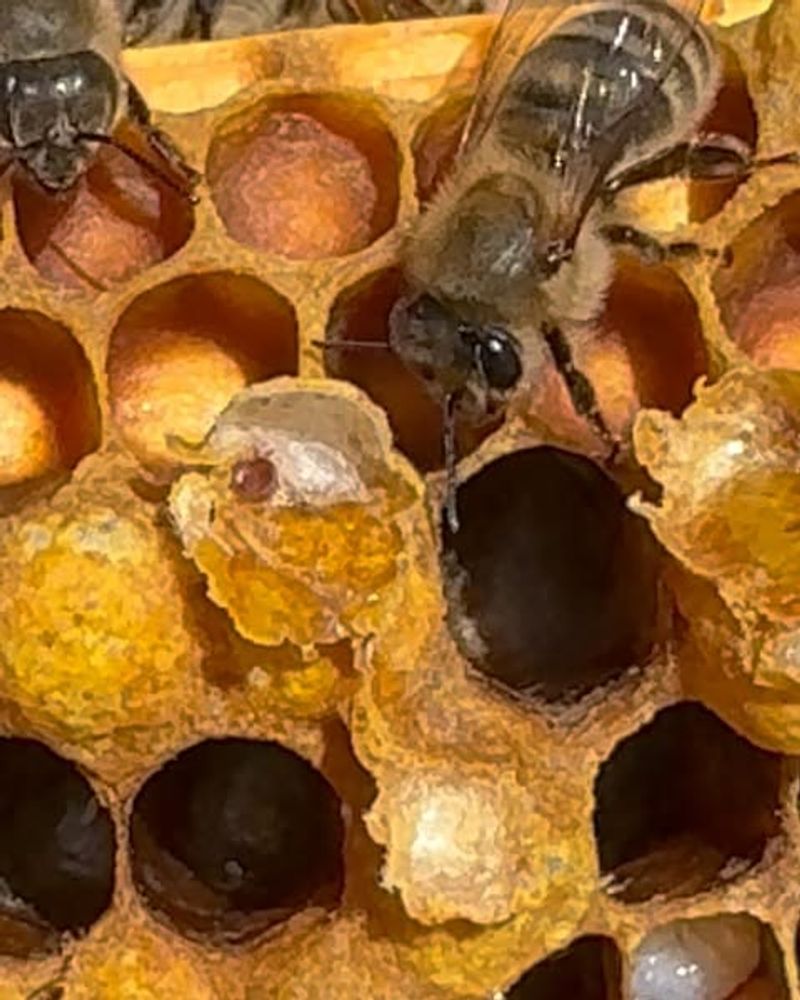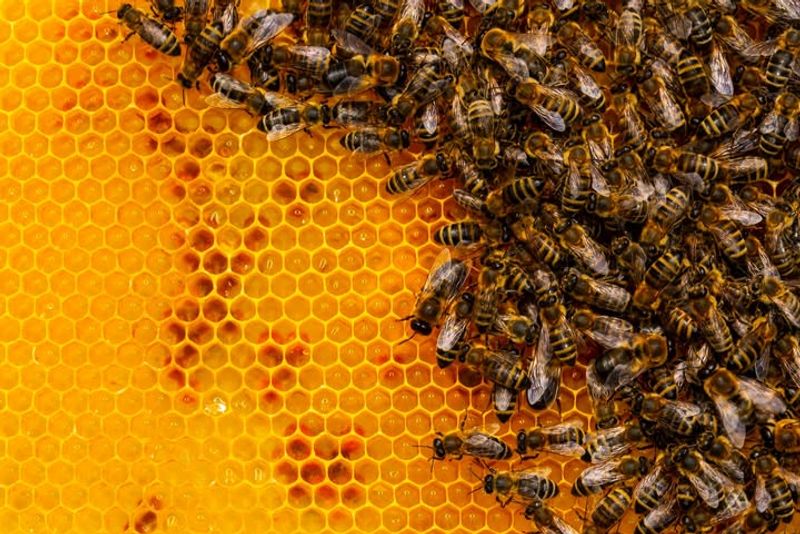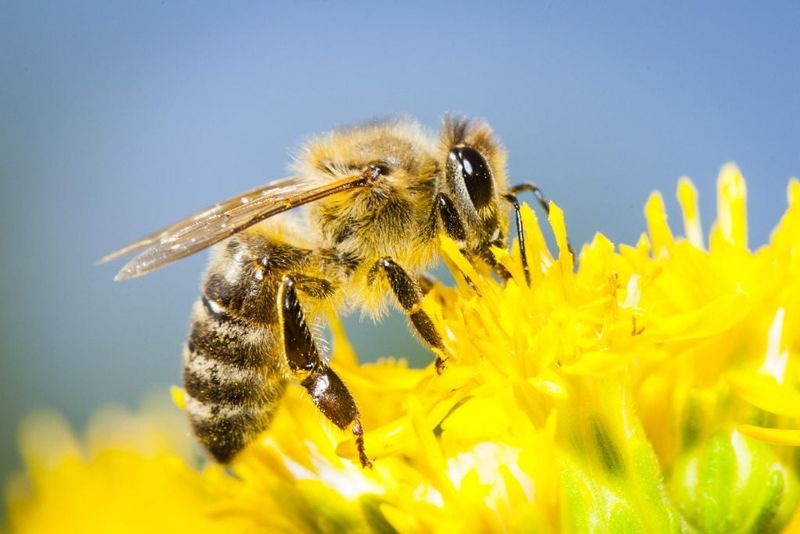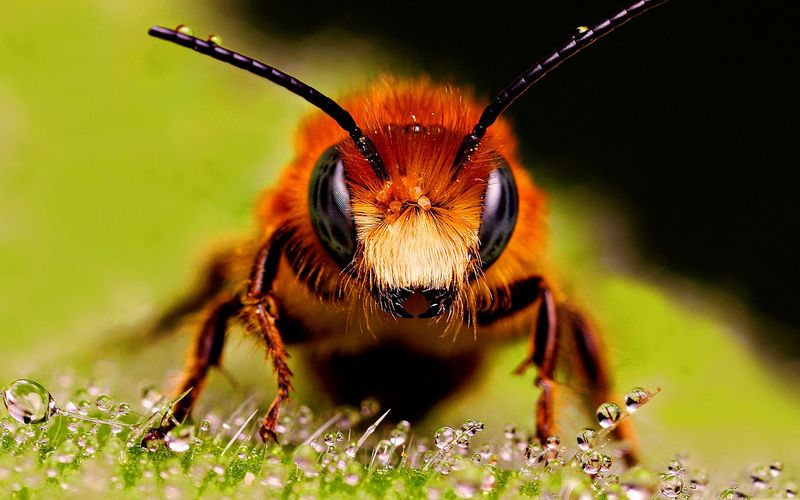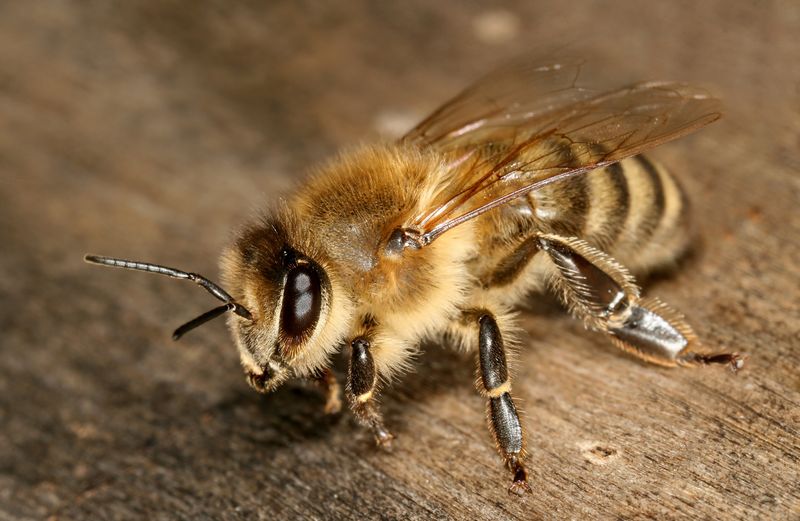New York gardens once buzzed with the lively hum of bees, but that sound is growing quieter. It’s worrying to see fewer of these vital pollinators each year.
I’ve learned that the reasons behind their decline are more surprising than most expect. Here are 8 causes of the slow disappearance of bees in New York.
1. Pesticide Use on Farms and Gardens
Farmers across New York spray chemicals on crops to kill harmful bugs, but these pesticides also harm bees. Neonicotinoids, a common type, damage bee brains and make it hard for them to find their way home.
Even small amounts can weaken entire colonies over time. Gardeners in cities and suburbs sometimes use similar products without realizing the danger.
Choosing organic methods helps protect these essential pollinators throughout the state.
2. Loss of Natural Habitats
Construction projects keep expanding in New York, replacing meadows and forests with buildings and parking lots. Bees need wildflowers and native plants to survive, but urban sprawl destroys these crucial food sources.
When natural spaces disappear, bees have nowhere to nest or gather pollen. Even rural areas face habitat loss as farms grow larger and eliminate hedgerows.
Preserving green spaces gives bees a fighting chance to thrive.
3. Climate Change Effects
Warmer winters and unpredictable weather patterns confuse bees in New York, disrupting their natural life cycles. Flowers bloom at odd times, leaving bees without food when they need it most.
Extreme storms and droughts also stress colonies, making them vulnerable to disease. Temperature shifts affect which plants grow where, forcing bees to adapt quickly or starve.
Climate instability creates challenges that weaken bee populations year after year.
4. Varroa Mite Infestations
Tiny parasites called varroa mites latch onto bees and suck their blood, weakening them from the inside out. Beekeepers across New York battle these destructive pests every season, but they’re incredibly hard to eliminate.
Mites spread viruses between bees, causing entire hives to collapse. Young bees often emerge deformed or too weak to work.
Without effective treatment, varroa mites can wipe out colonies within months.
5. Diseases and Viruses
American foulbrood, deformed wing virus, and other illnesses spread rapidly through bee colonies in New York. Infected bees become too sick to gather food or care for their young.
Commercial beekeeping operations sometimes accidentally spread diseases by moving hives between locations. Wild bees catch these illnesses from domesticated ones at shared flower patches.
Once disease takes hold, entire populations can decline before anyone notices the problem.
6. Lack of Flower Diversity
Monoculture farming dominates many parts of New York, where huge fields grow only one crop type. Bees need varied diets from different flowers to stay healthy and strong.
Eating pollen from just one plant species leaves them nutritionally deficient and more susceptible to illness. Lawns filled with grass instead of wildflowers offer zero food value.
Planting diverse gardens helps bees get the balanced nutrition they desperately need.
7. Air Pollution in Urban Areas
Exhaust fumes and industrial emissions blanket New York’s cities, interfering with how bees smell and locate flowers. Pollution particles attach to pollen, making it less nutritious and sometimes toxic.
Bees rely on scent trails to navigate, but dirty air scrambles these chemical signals. Studies show urban bees often struggle more than their rural cousins.
Reducing emissions would help these hardworking insects find food more easily throughout the state.
8. Invasive Species Competition
Non-native plants and insects keep arriving in New York, competing with bees for limited resources. Invasive species often provide poor nutrition or crowd out native flowers that bees depend on.
Some foreign plants bloom beautifully but offer no pollen or nectar value whatsoever. Aggressive invaders change entire ecosystems, making survival harder for local pollinators.
Controlling invasive species protects the plants and bees that belong in New York’s natural landscape.

